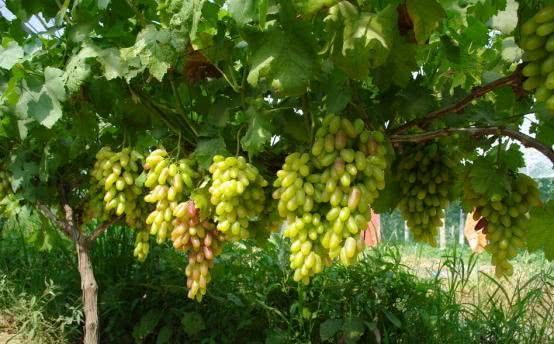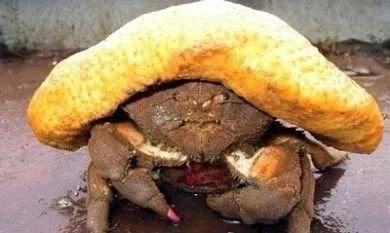Small picture guide of aquatic plants-Moss

Scientific name of aquatic plants: Vesiculariafilicinum
The famous name of aquatic plants: WillowMoss
Species and genera of aquatic plants: bryophytes and bryophytes
Distribution of aquatic plants: all over the world
Landscape location: front, middle and back scenes are available, any location
Mode of reproduction: rhizome ramet or lateral branch propagation
Average height: 1-35 mm
PH:5.8-7.5
Water temperature: 18-30. C
Illuminance: 400-1000Lux
Moss.
English pronunciation MOSS: mire, moss, moss, moss translates to read that Moss is actually moss
Now we are playing big triangle, small triangle coral M0SS rose MOSS
Pearl MOSS Crystal MOSS Emerald MOSS Flame MOSS, tearful MOSS Wicker MOSS Dragon Beard MOSS Java MOSS money moss
Because it is moss, there are some people named moss. Such as: antler moss, emerald pearl moss, Phoenix tail moss and so on.
Characteristics
There are about 12000 kinds of moss around the world. Moss's Chinese translation name comes from the English moss. There are three species: terrestrial, semi-aquatic and aquatic. The growth pattern of aquatic species is similar to that of antler moss, propagating in groups in the form of lateral buds, and is often used by landscapers tied to sunken wood or rocks. Strong adaptability to the environment, but can not get used to the new water immediately, and does not need too strong light to grow well.
The main species of MOSS are divided according to the characteristics of sporophytes containing spores. Not only that, MOSS can also be distinguished by the structure of their "stems" and "leaves". Observing the leaves of MOSS under a microscope, we can find that the shape and pattern of leaf cells have unique characteristics.
MOSS plants are green because their leaves contain a large number of chloroplast-containing cells. The leaves of MOSS are very different from those of higher plants. The leaves of higher plants are made up of multiple layers of cells, have a thicker leaf structure and have ducts that transport water and other minerals. MOSS leaves, on the other hand, are only one layer of cellular thickness and have no ducts to transport water, although it may have several layers of midrib formed by thicker and longer cells.
Some kinds of MOSS are semi-aquatic and can grow in water. These aquatic MOSS are of great significance for aquaculture, especially for grass tank landscaping.
Landscaping use
The main use of aquatic MOSS is to create a natural aquarium landscape by attaching it to sunken wood or stone. As an epiphyte, the false root of MOSS can be fixed to wood and stone. MOSS
It can also be used to make the background in the grass jar. Not only that, MOSS is also very important for fish reproduction, because aquatic MOSS can be widely used as egg beds, at the same time, MOSS can also absorb excessive waste produced by fish fry.
It is not difficult to plant MOSS in aquarium tanks. Many MOSS are not demanding growth requirements, they can tolerate low light, can grow well without carbon dioxide supplementation, and can survive on very small amounts of nutrients. But if there is proper lighting, adding carbon dioxide and a lot of nutrients and trace elements, we can enjoy the true beauty of these aquatic MOSS in the aquarium!
Life habits
MOSS is negative grass (those whose light demand is less than 6500K are called negative grass). It will grow well without light, but there must be light indoors. It won't live in the bear's blind hole, . If the light intensity is different, the growth shape is also different. It is easy to feed MOSS, but it is not easy to get out of the state. It is best to have strong light, CO2 and leaf fertilizer added regularly. This grass is rootless, needless, flowerless, fruitless and seedless, grows and propagates through lateral leaves, and can be tied and floated at will. MOSS grass has a wide range of uses and can be said to be one of the necessary aquatic plants in the tank of all fish lovers. Whether you raise fish, shrimp or snails. It is the grass source that all aquarium players dote on.
It is not difficult to plant MOSS in aquarium tanks. Many MOSS are not demanding growth requirements, they can tolerate low light, can grow well without carbon dioxide supplementation, and can survive on very small amounts of nutrients. But if there is proper lighting, adding carbon dioxide and a lot of nutrients and trace elements, we can enjoy the true beauty of these aquatic MOSS in the aquarium!
Finish
There are surprises here.
- Prev

Can you grow grapes on the balcony? It's great to learn these two tricks with great results.
The innovation of planting and maintenance experience and technology has gradually broadened the thinking of many friends who live in the city. For example, when we talk about balcony planting in the past, we only refer to flowers and plants that can be watched. And now it's big.
- Next

-Yellow crown on your head.-Boss Crab.
Fishers who play in sea tanks always put a few kinds of sponges in their tanks as embellishments, but there is a kind of crab in the ocean that may be more familiar with sponge than you are and definitely better to raise and take care of than humans, and that is sponge crab Dromia erythropus....
Related
- Wuhan Hospital Iron Tree Blooming Result Was Instantly Frightened by the Gardener Master
- Which variety of camellia is the most fragrant and best? Which one do you like best?
- What is the small blue coat, the breeding methods and matters needing attention of the succulent plant
- Dormancy time and maintenance management of succulent plants during dormancy
- Minas succulent how to raise, Minas succulent plant pictures
- What are the varieties of winter succulent plants
- How to raise succulent plants in twelve rolls? let's take a look at some experience of breeding twelve rolls.
- Attention should be paid to water control for succulent plants during dormant period (winter and summer)
- Watering experience of twelve rolls of succulent plants
- Techniques for fertilizing succulent plants. An article will let you know how to fertilize succulent plants.

